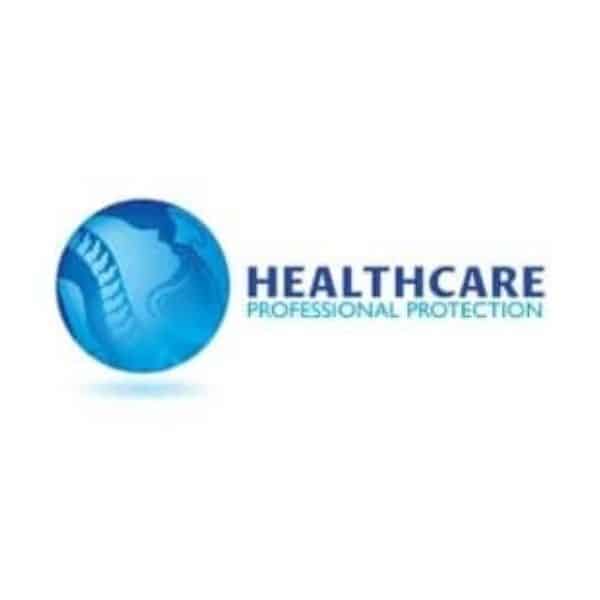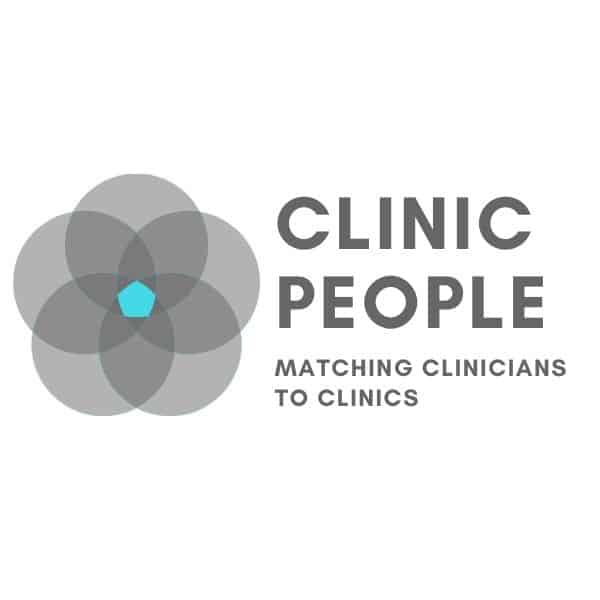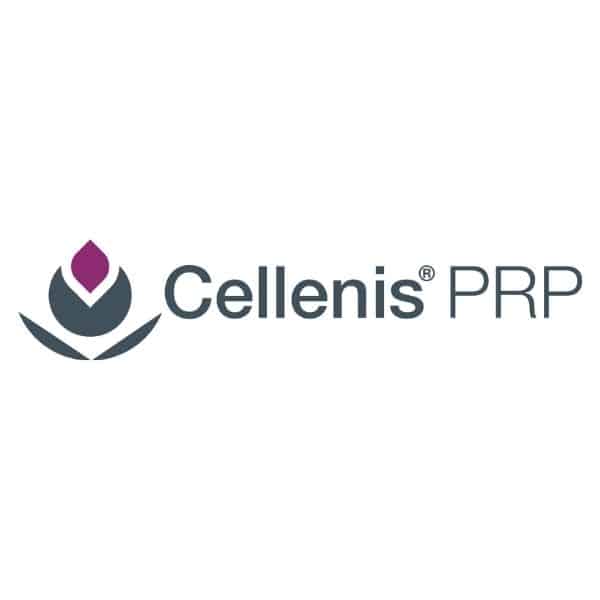As dermatological technology advances, simple cosmetic treatments such as facial fillers and Botox are no longer primarily targeted for women. Men are increasingly taking advantage of cosmetic enhancements as well, to help fight signs of age and to increase professional marketability. Men looking for an affordable alternative to invasive cosmetic surgery are turning to facial fillers, Botox, and other non-invasive cosmetic treatments in lieu of opting for costly traditional cosmetic surgery.
Non surgical treatments such as facial fillers and Botox, compared to going under the knife via face lifts and other invasive cosmetic procedures, are affordable, quick, and require minimal recovery time. However, non surgical treatments offer very similar results to surgery, by filling out the temple area, smoothing wrinkles, and eliminating sun spots from an aging face. Even nose jobs can be achieved with non surgical cosmetic treatments, by using an injectable wrinkle filler to straighten noses and smooth bumps.
Results from non surgical cosmetic treatments are instantaneous, making these cosmetic options increasingly attractive to men as well as women. In particular, the popularity of skin peels has exceeded that of facelifts among British women.
A struggling global economy has seen job seekers looking for innovative ways to increase their odds of landing a job. The job market is brutal, and competition for jobs is fierce. A younger and more energetic appearance may help job candidates look more desirable in the eyes of a hiring manager.
The global recession may have had some impact on the increasing popularity of non surgical cosmetic procedures for other reasons, as well. The simple explanation is that the procedures are much less costly than traditional cosmetic surgery. This may explain the increased popularity of skin peels among women. Also, due to the decreased recovery time, patients find they are able to return to work right away. Patients without paid leave are more likely to invest in cosmetic treatments when they are not required to miss work in order to do so.
For these reasons, non invasive cosmetic treatments have increased by five per cent in the last year. The bottom line is that non surgical cosmetic treatments offer many of the same results that traditional cosmetic surgery offered, at a fraction of the cost and recovery. With such easy ways to enhance the appearance of an aging face, it’s no wonder that these treatments have increased in popularity among men and women alike.







